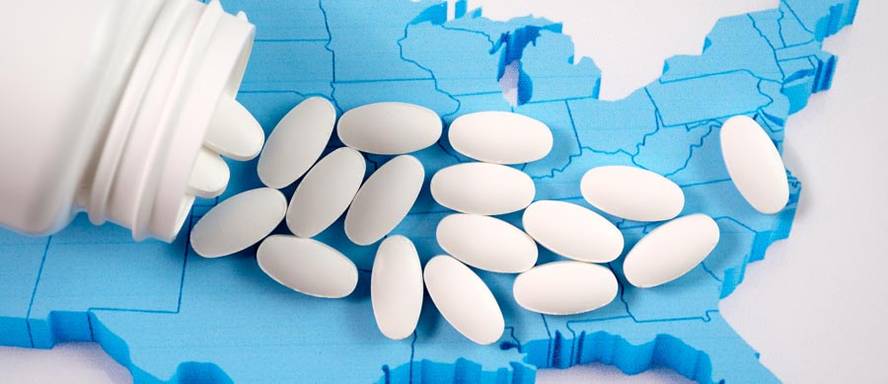The FDA measures to combat the opioid crisis
The U.S. Food and Drug Administration (FDA) has announced in its press release that the opioid crisis is “one of the largest and most complex health catastrophes” in the U.S. In fact, the announcement announces new measures to address this crisis, but before reporting them, the FDA has revealed the magnitude of the epidemic and has recognized that the measures taken to date have been scarce and sometimes inadequate.
Therefore, despite the fact that it is an “agency based on science”, and even though to act with rigor they would need more data and studies, it has decided not to wait and take emergency measures.
Before explaining the new measures, he recalled what was done last year. Among other aspects, the strategy for assessing and reducing the risk of pain elimination treatments was strengthened and expanded, giving training not only to physicians, but also to medical and pharmaceutical centers.
In addition, the egg was hardened to prevent illegal use, with special attention to fentanyl. Also, measures were taken to avoid the appearance of new addictions, in order to decide on the basis of evidence when the opioid orders were dictated, how much and until when. And an effort was also made in education and prevention.
This year emergency measures
Given the limited impact of these measures, this year the FDA will launch others in collaboration with other departments. In fact, although the number of prescribed opioids reached the ceiling in 2012 (260 million orders, 145 million in 1997), cases of overdose continue to increase.
Thus, the first measure mentioned in the note is to modify the packaging of opiodes, that is, to apply them to doses and appropriate measures to the treatment to avoid drugs, addictions and overdoses.
In addition, it plans to test new forms of drug administration, such as a form of administration of fentanyl through mucosa (TIRF), which cannot properly follow the indications of treatment. It will also encourage research on non-addictive drugs to eliminate pain.
On the other hand, to avoid overdose deaths, it will study the way to sell naloxone on the market. In fact, now naloxone can only be obtained through the recipe, which, on the one hand, hinders access to all those who need it and, on the other, generates stigma. To overcome this, it will promote the free sale of naloxone and provide simple instructions for use with pictograms.
To address illegal use, it will strengthen measures to avoid marketing and distribution, even through the Internet. For example, Google no longer has opioid outlets indexed, and Facebook and Instagram forward users of the search to the prevention and treatment points of drug dependence.
In the end, the FDA has stated that these measures are just some of them, and has confirmed that it is time to make drastic decisions to address this serious crisis.






